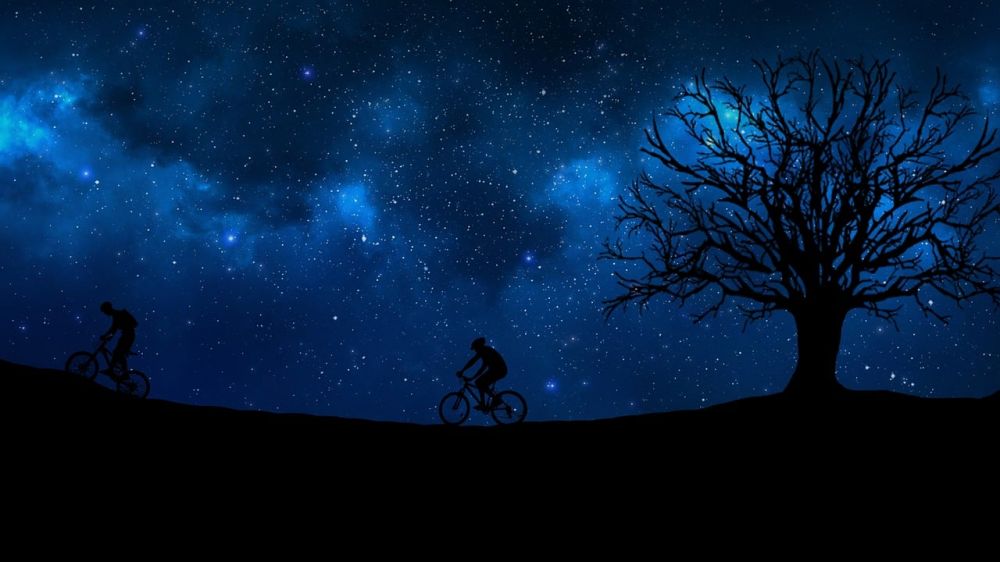Tour de France: The Ultimate Guide to the Worlds Greatest Cycling Event

Introduction:
With its storied history and iconic routes through stunning French landscapes, the Tour de France is an annual cycling event that captivates sports and leisure enthusiasts worldwide. In this comprehensive article, we delve into the essence of the Tour de France, exploring its significance, evolution over time, and what makes it a must-watch event on the sporting calendar.
Section 1: Understanding the Tour de France

The Tour de France is a prestigious cycling competition that takes place annually during the month of July. It typically spans over three weeks, covering around 3,500 kilometers across various regions of France. Created in 1903 by sports newspaper L’Auto, the race has since become a symbol of endurance, athleticism, and national pride.
Key points:
– Spanning 21 stages, the Tour de France attracts the world’s best cyclists, who compete in teams for the coveted yellow jersey.
– Each stage presents unique challenges, including flat plains, brutal mountain climbs, and thrilling sprint finishes in cities.
– The event garners extensive media coverage and serves as a platform for showcasing cutting-edge cycling technology.
Section 2: The Evolution of the Tour de France
The Tour de France has come a long way since its inception, undergoing numerous transformations that have shaped it into the global sporting phenomenon it is today.
Historical timeline:
1. Origins and Early Years (1903-1914):
– The first Tour de France consisted of six stages and attracted 60 cyclists.
– The race faced initial challenges, including cheating scandals and accusations of unfair practices.
2. Post-World War I Era (1919-1938):
– The race resumed after World War I, gaining popularity among French citizens.
– The introduction of team-based competitions and mountain stages added excitement and difficulty to the race.
3. Golden Age and Innovations (1947-1967):
– The 1950s and 1960s witnessed the emergence of cycling legends like Jacques Anquetil and Eddy Merckx.
– Technological advancements, such as derailleur gears and carbon frames, revolutionized cycling.
4. Modern Era and Global Expansion (1975-Present):
– The race experienced international growth, attracting participants and viewers from around the world.
– Stricter anti-doping measures were introduced to combat the prevalence of performance-enhancing substances.
Section 3: Spectacles of the Tour de France
The Tour de France is not only a showcase of elite cycling skills but also a mesmerizing display of French culture, picturesque landscapes, and thrilling human drama. Here are some key highlights:
1. Iconic Stages and Landmarks:
– The race passes through diverse terrains, including mountain ranges like the Alps and Pyrenees.
– Spectacular landmarks, such as Mont Ventoux and the Champs-Élysées, provide memorable backdrops.
2. Sprint Finishes and Green Jersey Contest:
– Sprint stages offer breathtaking battles as speed demons compete for the prestigious green jersey.
– These flat stages often result in mass finishes, creating exhilarating moments for both riders and spectators.
3. Intense Climbs and the King of the Mountains:
– Mountain stages test cyclists’ endurance and climbing abilities.
– The climber who accumulates the most points in designated mountain passes is awarded the polka dot jersey.
4. Time Trials and the Fight for Yellow:
– Individual and team time trials test riders’ ability to race against the clock.
– The winner of the yellow jersey is the overall leader, calculated by the total elapsed time over all stages.
Section 4: The Tour de France as a Cultural Phenomenon
The Tour de France is deeply ingrained in French culture and has a significant impact beyond the realm of sports. Here are some noteworthy aspects:
1. National Pride and Crowds:
– The race draws millions of spectators from across the globe, particularly passionate French fans.
– It serves as a unifying force, celebrating French traditions and highlighting regional pride.
2. Economic Boost and Tourism:
– The Tour de France generates substantial economic activity, benefiting host cities and regions.
– It promotes tourism, showcasing regions’ natural beauty and cultural heritage to a global audience.
3. Environmental Responsibility:
– In recent years, the Tour de France has embraced sustainability initiatives, focusing on reducing its carbon footprint.
– This includes initiatives like recycling, promoting eco-friendly transportation options, and offsetting CO2 emissions.
Conclusion:
The Tour de France is an extraordinary sporting event that captures the hearts of sports and leisure enthusiasts worldwide. Its history, grueling challenges, breathtaking scenery, and cultural significance make it an event like no other. Whether you are an avid cyclist or simply a lover of sports and adventure, the Tour de France offers an unparalleled experience that transcends the boundaries of competition and celebrates the human spirit.
***
Sources:
– “Official Tour de France Website” (www.letour.fr)
– “Tour de France History” by John Maclean (www.telegraph.co.uk)
– “A Race That Pays Its Own Way Tour de France Economic Impact” by Matt Slater (www.bbc.co.uk)
– “The Environmental Face of the Tour de France” by Hannah Reynolds (www.redspokes.co.uk)
FAQ
What is the Tour de France?
How has the Tour de France evolved over time?
What are some of the highlights of the Tour de France?
Flere Nyheder
Hvordan turneringssystemer transformerer konkurrencesport
Introduction: With its storied history and iconic routes through stunning French landscapes, the Tour de France is an annual cycling event that captivates sports and leisure enthusiasts worldwide. In this comprehensive article, we delve into the esse...
08 april 2024
Tour de France Start: A Spectacular Event for Sports and Leisure Enthusiasts
Introduction: With its storied history and iconic routes through stunning French landscapes, the Tour de France is an annual cycling event that captivates sports and leisure enthusiasts worldwide. In this comprehensive article, we delve into the esse...
18 januar 2024
Tour de France Standings: The Ultimate Guide for Cycling Enthusiasts
Introduction: With its storied history and iconic routes through stunning French landscapes, the Tour de France is an annual cycling event that captivates sports and leisure enthusiasts worldwide. In this comprehensive article, we delve into the esse...
18 januar 2024
Rute Tour de France: En Dybdegående Gennemgang af Cykelsportens Største Event
Introduction: With its storied history and iconic routes through stunning French landscapes, the Tour de France is an annual cycling event that captivates sports and leisure enthusiasts worldwide. In this comprehensive article, we delve into the esse...
18 januar 2024











